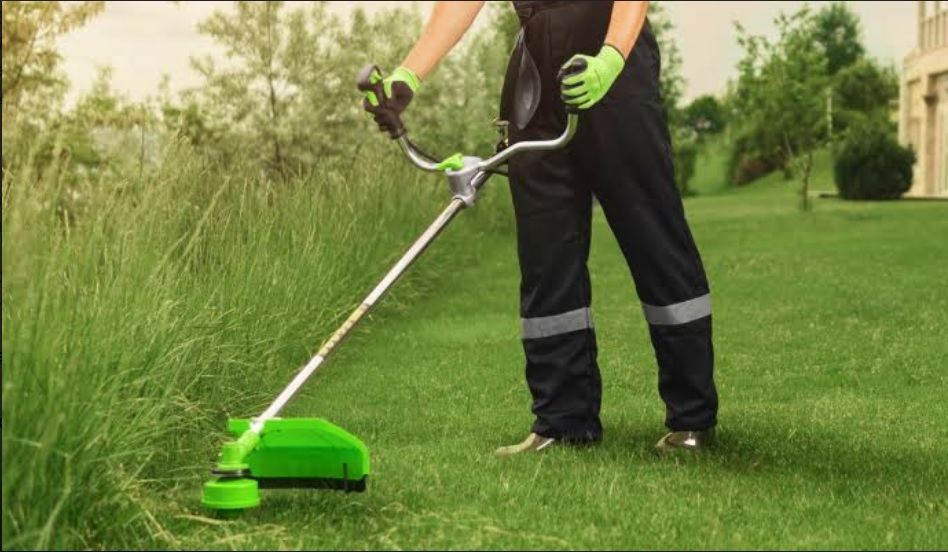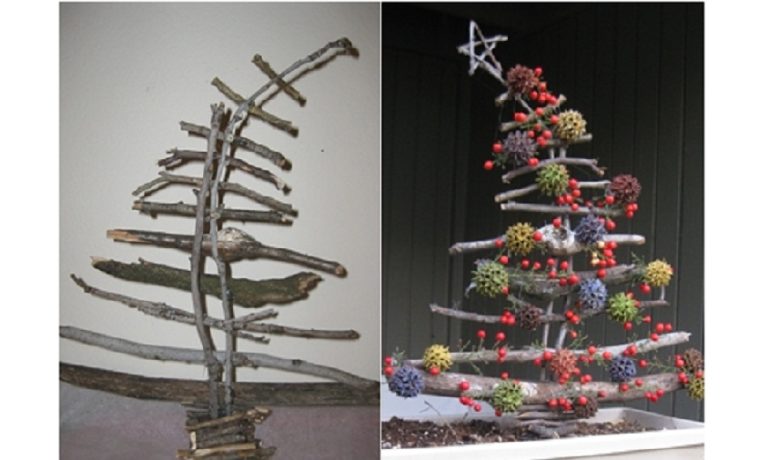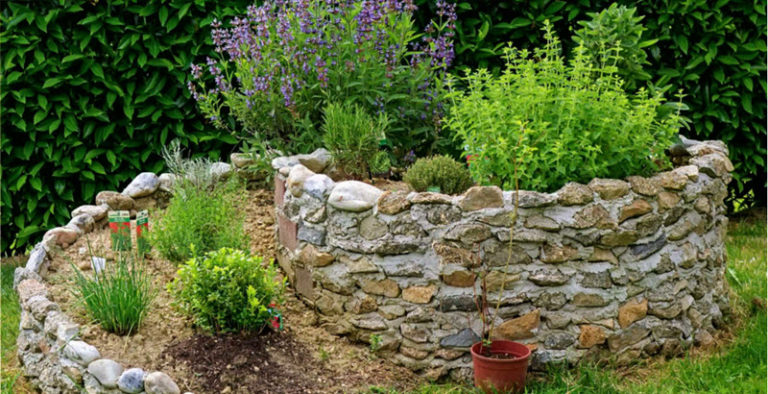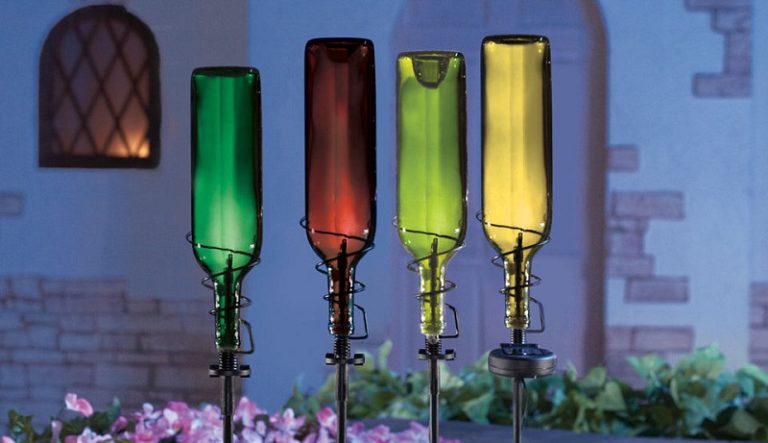Secrets of the perfect lawn
In order for the lawn to remain consistently beautiful and healthy, it is important to take good care of it.
To preserve its qualities, an ornamental lawn requires regular mowing, fertilizing, weed removal and pest control. Also, do not forget about such an important and responsible nuance as watering the lawn.
How often to water the lawn?
The best time for watering is late evening or early morning. During the night, water penetrates deep into the soil, saturating the root system. If you water during the day, when the sun is shining, then the water will quickly evaporate and the plants will not have time to be saturated with moisture.
It is better to water the grass not with a jet, but with drip irrigation, since the jet can damage the stems of plants and erode the soil around the plantings.
The frequency of watering depends on the type of soil, weather conditions and the time of pre-watering. To determine the sufficient moisture level for the grass, check the soil at a depth of 100 mm. If it is dry, you should increase the intensity of watering.
In hot weather, grass on sandy soil is recommended to be watered twice a week, and when cold weather sets in – once every 10 days. A lawn on alumina or loam is less picky about moisture, so in this case, the lawn should be irrigated as needed – the earth must have time to dry out.
Care and feeding
It is important to follow the manufacturer’s recommendations for the amount of fertilizer required and the procedure for its application. If you do not follow these recommendations, you can harm your own site.
When choosing fertilizers, it is important to consider seasonality. Spring and summer species contain a lot of nitrogen, which is necessary for the active growth of grass. Autumn fertilizers contain more phosphorus and potassium, which nourish the roots and increase the resistance of the grass to cold. The best time to fertilize is the time after cutting, before watering.
Timely scarification is also important – cleaning the lawn from dry grass and plant debris. For this, garden rakes, scarifiers, lawn blowers are used.
Scarification is carried out as needed, several times per season. In spring, it is carried out after the snow melts, in summer to remove the remnants of mowed grass, and in autumn – to get rid of fallen leaves.
After that, lawn aeration is recommended. It provides access of air, water and fertilizers to the root system of plants.
Mowing the lawn as an art
Mowing the lawn is not only a matter of beauty and aesthetics. This process is important for vegetative development. In this case, you should not cut the grass too often – it is enough to do it once every 1-2 weeks. The grass must have time to grow and get stronger for the development of the root system.
It is recommended to collect the mowed grass and put it in compost. Humus makes a good fertilizer, saturated with trace elements and humus. In hot weather, you can also leave the mowing on the mowed area for 2-3 days, which will retain more moisture in the soil.
Restoration and mulching
If grass with bald spots appears on your site, then an immediate repair of the lawn is required. It is recommended to sow such areas. Before leveling the soil, walk with a rake, cut out bald spots, loosen the soil, add fertilizer and only then sow the seeds.
If restoration is required on a lawn overgrown with tree roots, trim the turf in the protruding places and level the excess soil. Bend the trimmed turf, remove the root and return the green layer to its previous position.
Mulching is also recommended to eliminate soil irregularities, which is usually carried out in autumn.
Trimmer selection
Properly selected garden tools can improve the quality of lawn care work. In this case, the best solution would be a grass trimmer – electric or gasoline.
The advantages of the trimmer over other tools include:
- compactness and mobility;
- cross-country ability to hard-to-reach areas;
- economy;
- light weight;
- affordable price.
How to choose a trimmer? It is worth looking at the following elements:
- cutting element (fishing line or knife);
- mowing width;
- type of drive;
- ease of use (handle, fastening system).
There are gasoline and electric units. The first type has high power and an impressive resource and has no restrictions on the density and thickness of the grass. Depending on the type of engine, different fuels can be used: 2-stroke uses a mixture of gasoline and oil, 4-stroke – pure gasoline. This type is suitable for farms, forestry and utilities.
Electric trimmers usually have low power and depend on the availability of the mains. They are most often used in small private households and in the country due to their more affordable price.
The best model is the one that is suitable for personal needs and application conditions.
By choosing the right grass trimmer and following all the recommendations, you will provide your lawn with a beautiful and healthy look for a long time.






